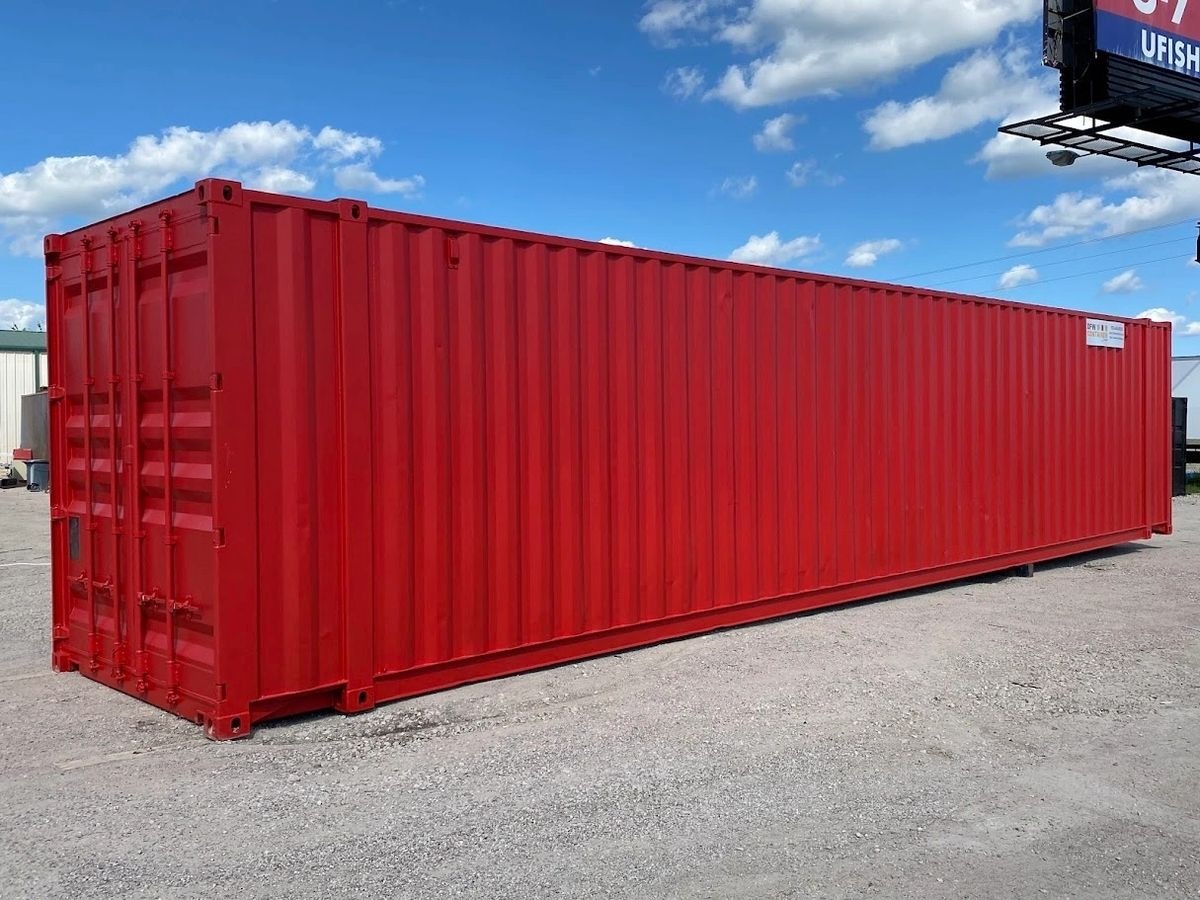Understanding 20 Feet Container Dimensions: A Comprehensive Guide
When it comes to worldwide shipping, storage, and logistics, container dimensions play a crucial function in planning and execution. Amongst the most frequently utilized containers is the 20-foot shipping container. 20 Feet Container Weight are preferred for their adaptability, cost-efficiency, and ease of transport. Nevertheless, understanding their precise dimensions is important for a smooth shipping experience. This blog post will dive into the dimensions of a 20-foot container, its specs, benefits, and provide answers to frequently asked concerns to help traders, logistics planners, and shipping enthusiasts alike.
Dimensions of a 20 Feet Container
The 20-foot container is often referred to as a TEU (Twenty-foot Equivalent Unit). Below is a comprehensive summary of its dimensions:
| Dimensions | Standard 20' Container | 20' High Cube Container |
|---|---|---|
| External Length | 20 ft (6.058 m) | 20 ft (6.058 m) |
| External Width | 8 ft (2.438 m) | 8 ft (2.438 m) |
| External Height | 8.5 ft (2.591 m) | 9.5 ft (2.896 m) |
| Internal Length | 19.4 ft (5.898 m) | 19.4 ft (5.898 m) |
| Internal Width | 7.7 ft (2.352 m) | 7.7 ft (2.352 m) |
| Internal Height | 7.9 ft (2.392 m) | 8.9 ft (2.698 m) |
| Maximum Gross Weight | 24,000 pounds (10,886 kg) | 24,000 lbs (10,886 kg) |
| Tare Weight | 2,300 lbs (1,043 kg) | 2,300 pounds (1,043 kg) |
| Payload Capacity | 21,700 lbs (9,834 kg) | 21,700 lbs (9,834 kg) |
Key Takeaways
- External Dimensions: The external length of both basic and high cube containers is identical, but the high cube offers extra height.
- Internal Height Variance: The primary distinction between a standard container and a high cube container depends on their height. The extra foot in height provides more space, making it particularly helpful for taller cargo.
- Optimum Payload: Both types have the exact same payload capacity, generally ranging around 21,700 lbs (9,834 kg), enabling substantial cargo.
Advantages of 20 Feet Containers
- Flexibility: Suitable for numerous cargo types, including basic merchandise, devices, and personal effects.
- Affordable: With a moderate size, 20-foot containers tend to be more economical to ship than larger containers like 40-foot containers.
- Ease of Handling: Their size makes them easier to manage, stack, and transport, especially in urban environments with minimal area.
- Availability: 20-foot containers are amongst the most commonly available, enabling easy access and a vast array of shipping alternatives.
Use Cases
- International Shipping: Ideal for moving goods over oceans.
- Storage Solutions: Frequently utilized for safe and secure on-site storage.
- Building and Mobile Offices: Can be transformed into website workplaces or momentary living quarters.
- Occasion Planning: Used for storage of equipment, materials, and displays during events.
Regularly Asked Questions (FAQ)
1. What is the Difference Between a Standard and High Cube Container?
The primary distinction is the height; high cube containers are generally one foot taller than standard containers, supplying extra interior space.
2. What Can Fit into a 20 Feet Container?
A 20-foot container can usually hold about 10-11 basic pallets, ideal for basic cargo, personal goods, or bulky items.
3. What is the Maximum Weight Limit for a 20-foot Container?
The optimum gross weight limitation for both standard and high cube 20-foot containers is typically around 24,000 lbs (10,886 kg).
4. Can a 20-foot Container Be Used for Refrigerated Shipping?
Yes, there are cooled variants of the basic 20-foot container used for transferring perishable products.
5. How are 20-foot Containers Transported?
These containers can be moved by means of ships, trucks, or trains, frequently using specialized chassis equipped to hold containers securely.
6. Are 20-foot Containers Secure?
Yes, shipping containers are made from high-tensile steel and are designed to be safe against theft and weather condition, particularly when appropriately locked.
Summary
Comprehending the dimensions and requirements of 20-foot containers is vital for anyone included in logistics, shipping, or storage solutions. Whether choosing between a basic and high cube design or planning a delivery, knowing the precise measurements can substantially impact the performance and expenses of shipping operations. With their adaptability and effectiveness, 20-foot containers will continue to play a fundamental function in worldwide trade and logistics for years to come.
In closing, as markets develop and the need for efficient shipping solutions grows, a comprehensive understanding of container dimensions will make it possible for stakeholders to make educated choices that boost their operations.

